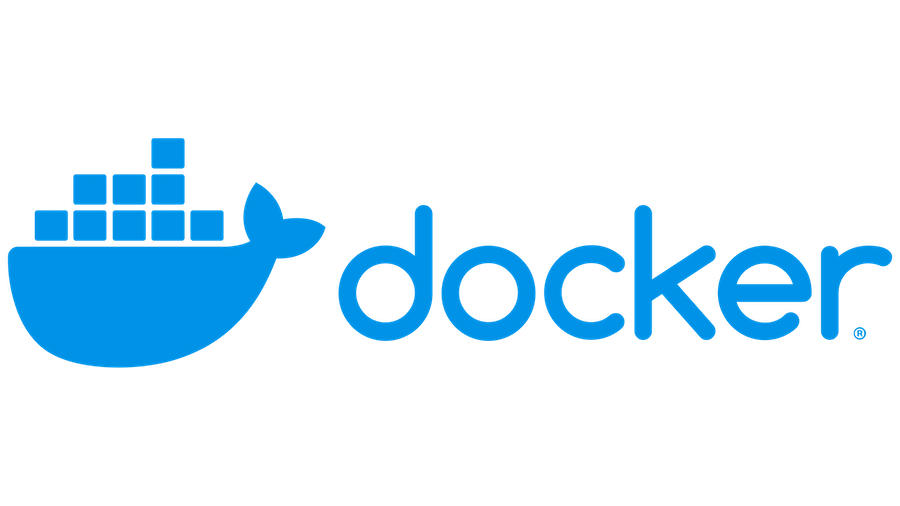Let’s say you are running a linter like
HTMLhint.
It has
27 dependencies, any of those could be malicious.
So, when you do npm install -g htmlhint, you are taking a
huge risk.
And this is not a
theoretical risk.
Even big companies like Amazon are falling for it.
A linter, for example, needs just read-only access to the all the files that you want to lint.
- It does not need access to files outside the current directory
- It does not need Internet access
- It does not need to modify any files either, read-only access is sufficient
So, run it inside Docker to mitigate the risk.
Using Docker, you can enforce the following restrictions:
- ✅ No ability to send data over the Internet
- ✅ No access to any files outside the current directory
- ✅ Read-only access to files inside the current directory
| |
This drastically reduces the attack surface of the code.
You can do this with pretty much any tool.
Consider golangci-lint, the famous meta-linter for Go language.
You can run it inside docker with the following command.
| |
Or you can do a read/write mount for a formatting tool to let it format/modify the files.
| |
I even recommend this technique for running tools on GitHub Actions and have started using this extensively in GitHub Actions Boilerplate Generator.
Update Oct 2025
After
multiple
publications of
malicious packages
on npm, I have switched to using Docker for running npm as well.
| |
Update Dec 2025
I open-sourced my sandbox that runs tools inside Docker-based sandbox.
I use it to run linters and similar tools.
| |
